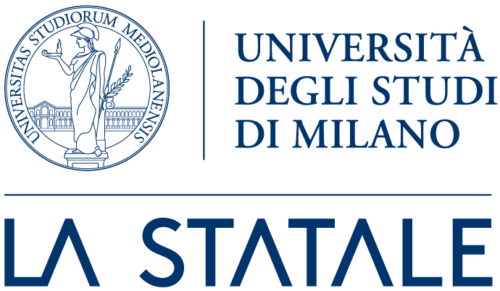Research topics
Study and Development of Oral Delivery Systems
The work is focused on the preparation and the study of drug delivery systems, mainly intended for the oral route of administration, able to control the rate, time and/or site of release. By exploiting the peculiar hydration properties of hydrophilic cellulose ethers, devices with differing delivery mechanisms are designed, such as prolonged release matrices and coated systems for pulsatile or time-dependent colon delivery. Pulsatile release allows timely pharmacological treatments to be performed in the case of chronopathologies with mainly night or early morning symptoms, whereas colon delivery has been proven to elicit effective treatments for inflammatory bowel disease (IBD).
Design and Preparation of an Oral System for Protein Delivery
With the aim of increasing the oral bioavailability of peptide and protein drugs, an array of formulation approaches have been proposed, such as in particular a selective delivery of such molecules into the colon. An important research domain therefore concerns the design of therapeutic systems intended for colonic release, the preparation of which would involve no significant degradation of peptide or proteins while meeting industrial scale up requirements. In order to limit enzymatic degradation phenomena and increase the extent of intestinal mucosa permeation of these drugs, suitable adjuvants, such as protease inhibitors and absorption enhancers with adequate tolerability and compatibility characteristics, need to be included in their oral preparations. In this respect, different preformulation, formulation, feasibility and stability studies are carried out in pursuit of an effective insulin-containing oral delivery system.
Investigation into the Use of Cyclodextrins as Formulation Aids
This research topic is related to the evaluation of cyclodextrins as special formulation adjuvants. Indeed, these differ from other pharmaceutical excipients because of their ability to form inclusion compounds with a number of bioactive molecules, thus resulting in potential benefits from the bioavailability and/or stability point of view. A profitable use of cyclodextrins requires the development of dosage forms capable of conveying high drug loads, such as pellets. In this respect, the manufacturing of pellets containing cyclodextrin-based formulations is improved by means of statistical optimization processes. With the aim of overcoming the problems encountered when dosage forms intended for a prolonged release of poorly soluble drugs are designed, the research is also focused on the assessment of the possible impact of cyclodextrins on the release kinetics of model bioactive compounds with such characteristics.
Study of the Solid State Properties of Bioactive Compounds
In this research domain, preformulation studies are carried out to investigate the solid state properties of a number of bioactive compounds and their possible impact on the pharmaceutical development process. In particular, the formation of new polymorphs and related biopharmaceutical repercussions are explored by means of consolidated techniques such as Fourier Transformed Infrared Spectroscopy (FTIR), Powder X Ray Diffraction (PXRD), Differential Scanning Calorimetry (DSC), Thermogravimetric Analysis (TGA) and Hot Stage Microscopy (HSM).
Formulation and Evaluation of Generic Drug Products
Formulation activities are conducted aimed at the design and preparation of oral generics intended for an immediate or modified drug delivery. Moreover, in vitro release tests are set up and carried out in order to evaluate the performance of generic vs. reference preparations, particularly with regard to interchangeable marketed products.
Pharmaceutical Application of Extrusion Techniques
Although their exploitation in the pharmaceutical field is still limited, extrusion techniques would apply to the manufacturing of a variety of drug formulations because of the high versatility and feasibility inherent potential. The possibility of preparing delivery systems by means of such techniques is thus investigated by employing hydrophilic or inert polymers of consolidated pharmaceutical use. The materials to be processed, as such or in admixture with further excipients, need to undergo an attentive characterization in terms of “extrudability” both with respect to injection-molding and wet extrusion.




